Stage lighting isn't just about ensuring the performers are visible—it's about creating an atmosphere, setting the mood, and enhancing the audience's emotional connection to the performance. From the dramatic shadows in a suspenseful scene to the vibrant colors of a concert, the right lighting can make or break a show. The art and science of stage lighting involve a mix of creativity and technical know-how, making it an integral part of any live production.
Whether you're involved in theater, concerts, or events, understanding the different types of stage lighting fixtures is crucial. Each type has its unique characteristics and serves specific purposes, making them indispensable tools for lighting designers. In this blog, we'll dive into the eight essential types of stage lights, exploring their functions, best uses, and the impact they have on a performance.
8 Types of Stage Lights
It's important to understand that each fixture plays a distinct role in creating the overall atmosphere of a performance. Whether you're aiming to highlight a solo performer, bathe the stage in color, or create dramatic shadows, knowing which light to use—and when—can make all the difference. Below, we’ll explore the eight essential types of stage lights that every production team should have in their toolkit.
1. Spotlights
Spotlights are probably the most recognizable type of stage light. They're designed to focus a narrow, intense beam of light on a specific area or performer, creating a dramatic effect. These lights are often used to highlight lead actors or key moments in a performance, drawing the audience's attention to a particular spot on stage.
Spotlights can be manually operated or automated, and they're typically mounted on a stand or suspended from above. The operator can adjust the beam's size, focus, and intensity, making spotlights incredibly versatile. They're especially popular in theater and concerts where precise control over lighting is crucial.
Best Uses:
- Highlighting solo performances or key scenes
- Creating a dramatic focal point
- Enhancing visibility of performers
2. Fresnel Lights
Named after the inventor Augustin-Jean Fresnel, Fresnel lights are known for their soft-edged beams. Unlike spotlights, Fresnel lights produce a more diffused light, making them perfect for creating a wash of light over a large area. They're highly adjustable, allowing for both flood and spot settings, which makes them a staple in many stage lighting setups.
Fresnels are commonly used for backlighting and top lighting, helping to add depth and dimension to a scene. The ability to control the beam's spread by adjusting the light's position relative to the lens makes them versatile, whether you're lighting a small stage or a large concert venue.
Best Uses:
- Creating soft, even lighting across the stage
- Adding depth through backlighting
- Enhancing mood with diffused light
3. Par Cans
Parabolic Aluminized Reflector (Par) Cans are another workhorse in stage lighting. These lights are simple, durable, and highly effective, making them a popular choice for concerts, theater, and other live events. Par cans are known for their ability to produce bright, intense light, which is often used to illuminate large areas of the stage.
One of the distinctive features of Par cans is their beam shape, which is oval rather than round. This makes them ideal for lighting specific parts of the stage without spilling over into other areas. They come in various sizes and can be fitted with different lenses to adjust the beam's focus.
Best Uses:
- Illuminating large areas of the stage
- Creating strong, vibrant colors with gels
- Adding punch to concert lighting setups
4. LED Panels
LED Panels are the modern, energy-efficient alternative to traditional stage lighting. These lights use Light Emitting Diodes (LEDs) to produce bright, vibrant colors without generating much heat. LED panels can produce a wide range of colors without the need for gels, making them incredibly versatile.
LED panels are often used for backdrops, providing a dynamic and colorful background to performances. They're also popular in TV production and concerts where fast color changes and effects are needed. The ability to control color, intensity, and effects with precision has made LED panels a go-to choice for many lighting designers.
Best Uses:
- Creating dynamic, colorful backdrops
- Enhancing performances with color-changing effects
- Providing energy-efficient lighting solutions
5. Floodlights
Floodlights are used to illuminate large areas with a broad, even light. Unlike spotlights or Fresnels, floodlights don't focus the beam, making them ideal for lighting up backdrops, scenery, or the entire stage when uniform lighting is needed. They're commonly used in both indoor and outdoor venues.
Floodlights are versatile and can be used to create a variety of effects, from soft, ambient lighting to intense, dramatic illumination. They're often employed in situations where shadow-free lighting is essential, such as in TV studios or large-scale outdoor events.
Best Uses:
- Lighting up large areas or entire stages
- Providing even, shadow-free illumination
- Creating ambient lighting effects
6. Ellipsoidal Reflector Spotlights
Ellipsoidal Reflector Spotlights (ERS), also known as "leko" or "profile" lights, are highly precise fixtures used to project sharp-edged beams of light. These lights are incredibly versatile, allowing for a range of effects from tight spots to wide beams, all with a high degree of control over the light's shape and focus.
ERS lights are often used in theater and concert settings to highlight specific areas, create patterns (using gobos), or cast sharp shadows. The ability to shape the light with shutters or gobos makes them ideal for detailed, focused lighting tasks.
Best Uses:
- Projecting sharp, focused beams
- Creating patterns or shapes with gobos
- Highlighting specific areas or performers with precision
7. Strip Lights
Strip lights, also known as cyc lights or border lights, are long, multi-lamp fixtures used to evenly light up large areas such as cycloramas (backgrounds), backdrops, or stages. These lights are typically placed at the top or bottom of a backdrop to create a uniform wash of color or light.
Strip lights are especially useful for lighting large, flat surfaces with minimal shadows, making them ideal for theatrical productions that require consistent lighting across the entire stage or backdrop. They can also be used to blend colors, creating gradient effects that add visual interest to the set.
Best Uses:
- Lighting backdrops or cycloramas
- Creating smooth color transitions
- Providing even, consistent lighting for large areas
8. Moving Lights
Moving lights, or automated lights, represent the cutting edge of stage lighting technology. These fixtures can move, change color, and adjust focus or beam shape dynamically during a performance. Controlled via a lighting console, moving lights can create stunning visual effects that would be impossible with static fixtures.
Moving lights are a staple in concerts, large-scale events, and theater productions where dynamic lighting effects are essential. Their ability to pan, tilt, and zoom allows lighting designers to create a wide array of effects, from sweeping beams that track across the stage to intricate patterns that dance with the music.
Best Uses:
- Creating dynamic, moving light effects
- Enhancing concerts and large-scale events
- Providing versatile, multi-functional lighting options
Importance of Lighting in Stage Productions
Stage lighting is a critical component of any live performance. It does more than just make the performers visible; it sets the mood, enhances the narrative, and directs the audience's attention. Good lighting can elevate a production, making it more engaging and memorable.
The right combination of lighting fixtures can transform a simple stage into a dynamic environment that supports the storytelling. Whether it's creating a dramatic spotlight for a key moment or using colored LED panels to evoke a particular emotion, lighting is a powerful tool that every production team should understand and utilize.
How to Choose the Right Lighting Fixtures
Choosing the right stage lighting fixtures depends on several factors, including the type of production, the venue, and the desired effects. Here are a few tips to help you make the right choice:
- Assess the Venue: Consider the size and layout of the venue. Larger venues may require more powerful lights like Par cans or floodlights, while smaller spaces might benefit from Fresnels or LED panels.
- Understand the Production Needs: Different productions require different lighting setups. A rock concert will need dynamic moving lights and vibrant colors, while a dramatic play might rely more on spotlights and ERS lights for precision.
- Consider the Budget: Stage lighting can be expensive, so it's important to balance your needs with your budget. LED panels, for example, are more energy-efficient and may save costs in the long run, despite a higher initial investment.
- Plan for Flexibility: If your production involves multiple scenes or events, consider using versatile lights like Fresnels or moving lights that can adapt to different lighting requirements.
Wrapping Up
Stage lighting is an essential aspect of any live performance, with each type of fixture playing a unique role in creating the overall visual experience. From the focused intensity of spotlights to the dynamic effects of moving lights, understanding these tools allows you to craft a truly immersive environment for your audience.
By mastering the different types of stage lights and their uses, you can enhance the emotional impact of a performance, guide the audience's attention, and elevate the overall production quality. Whether you're lighting a small theater production or a large-scale concert, the right lighting choices can make all the difference.
Now that you’re armed with this knowledge, go ahead and shine a spotlight on your next production—literally!






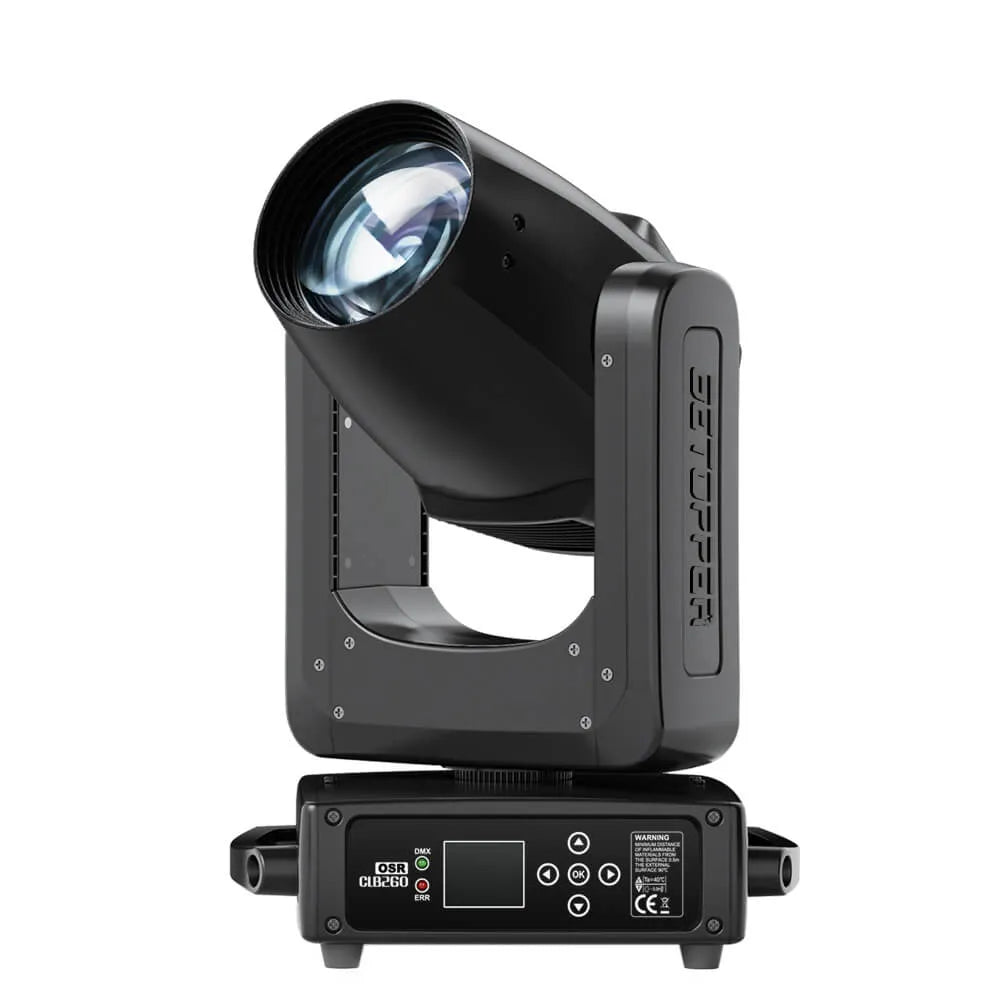

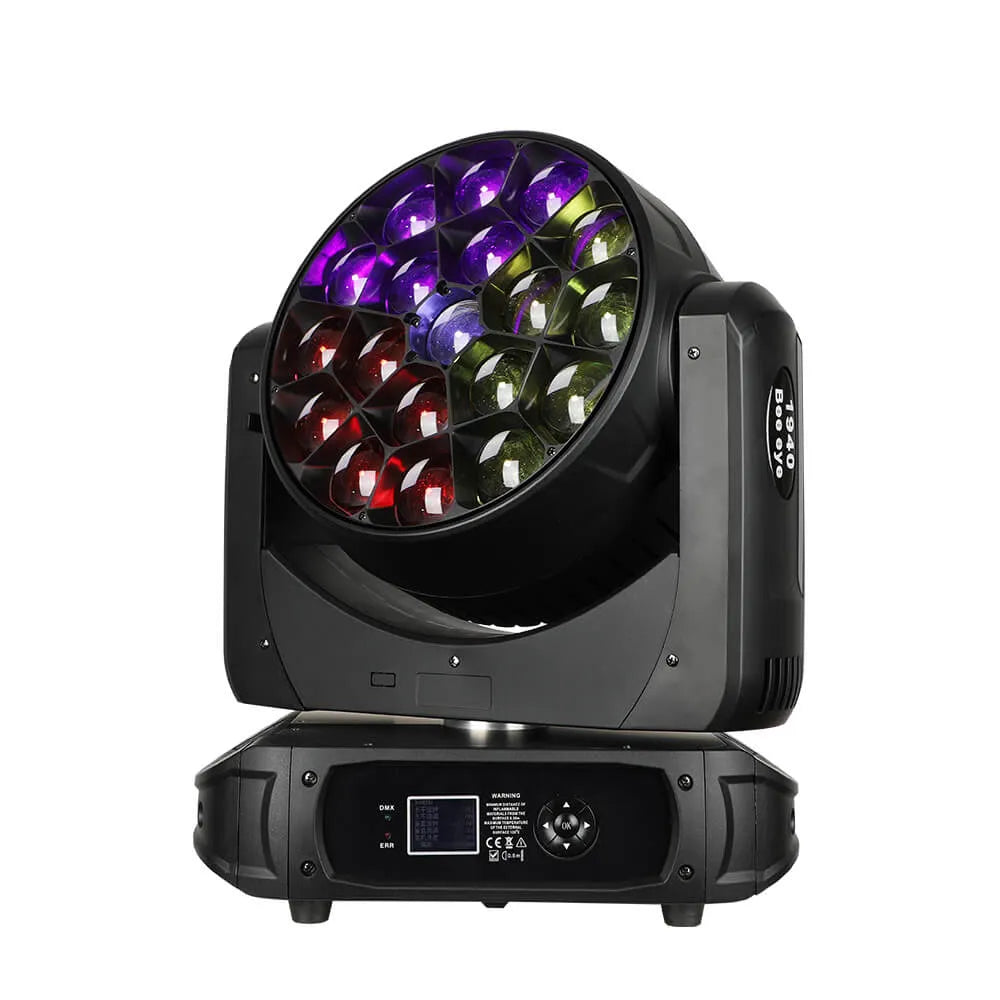







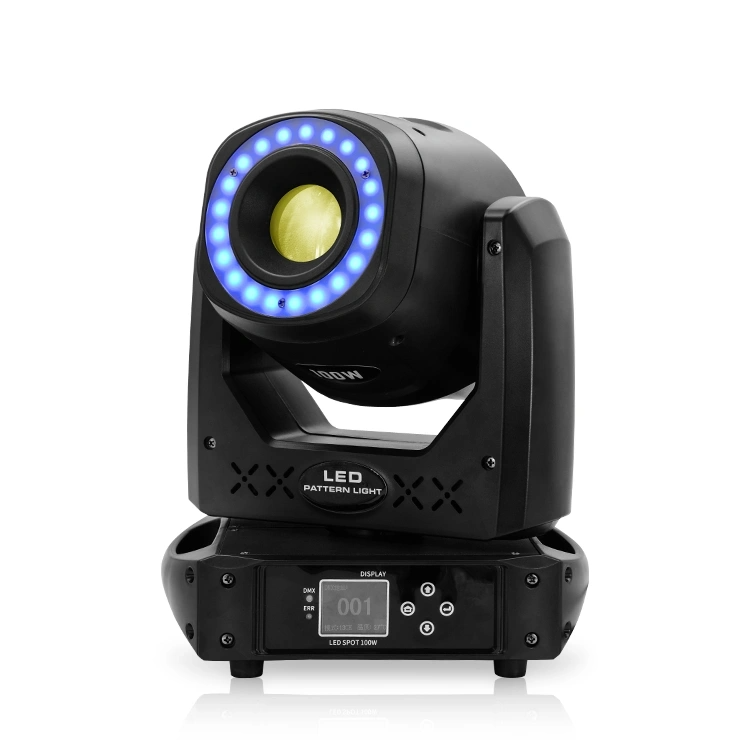







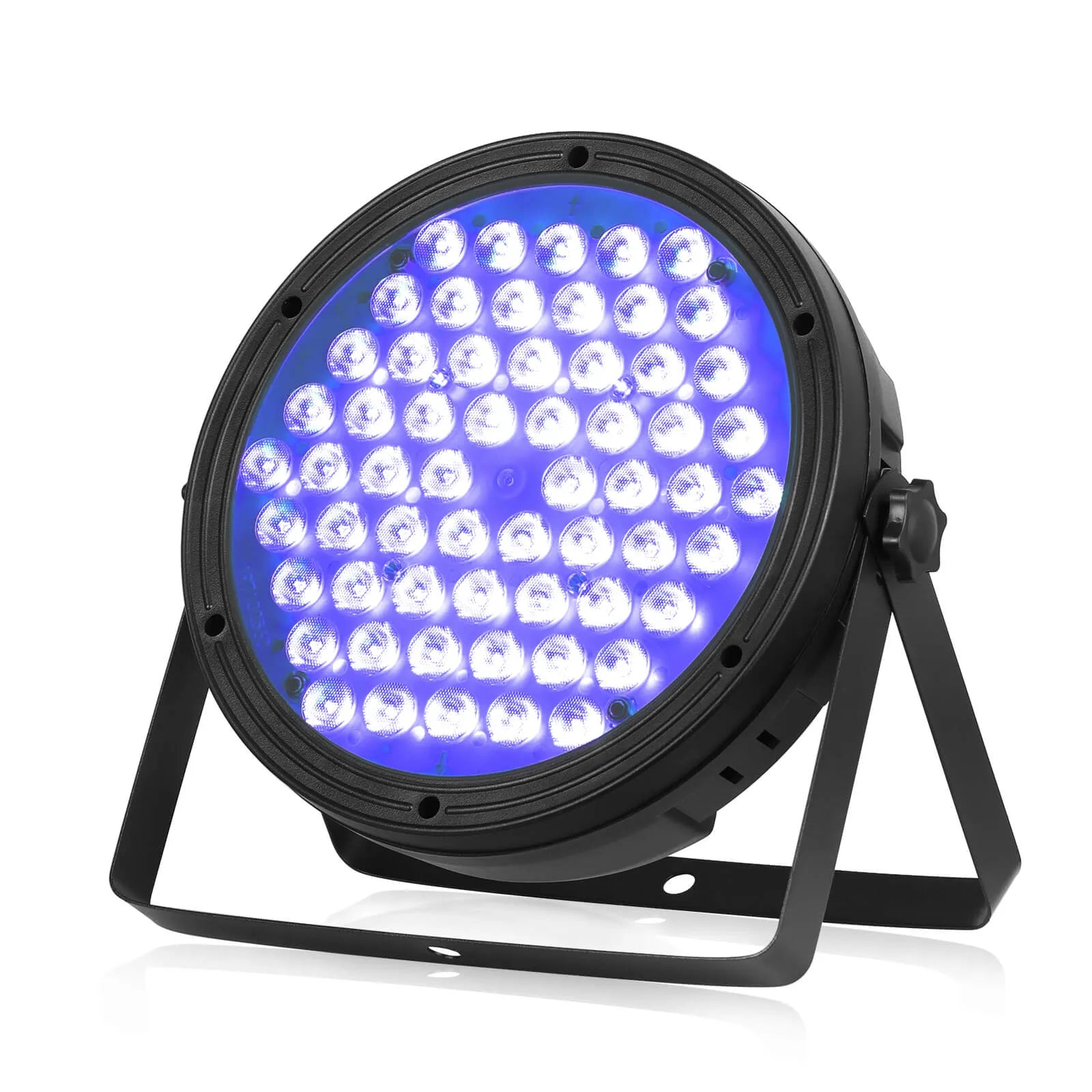












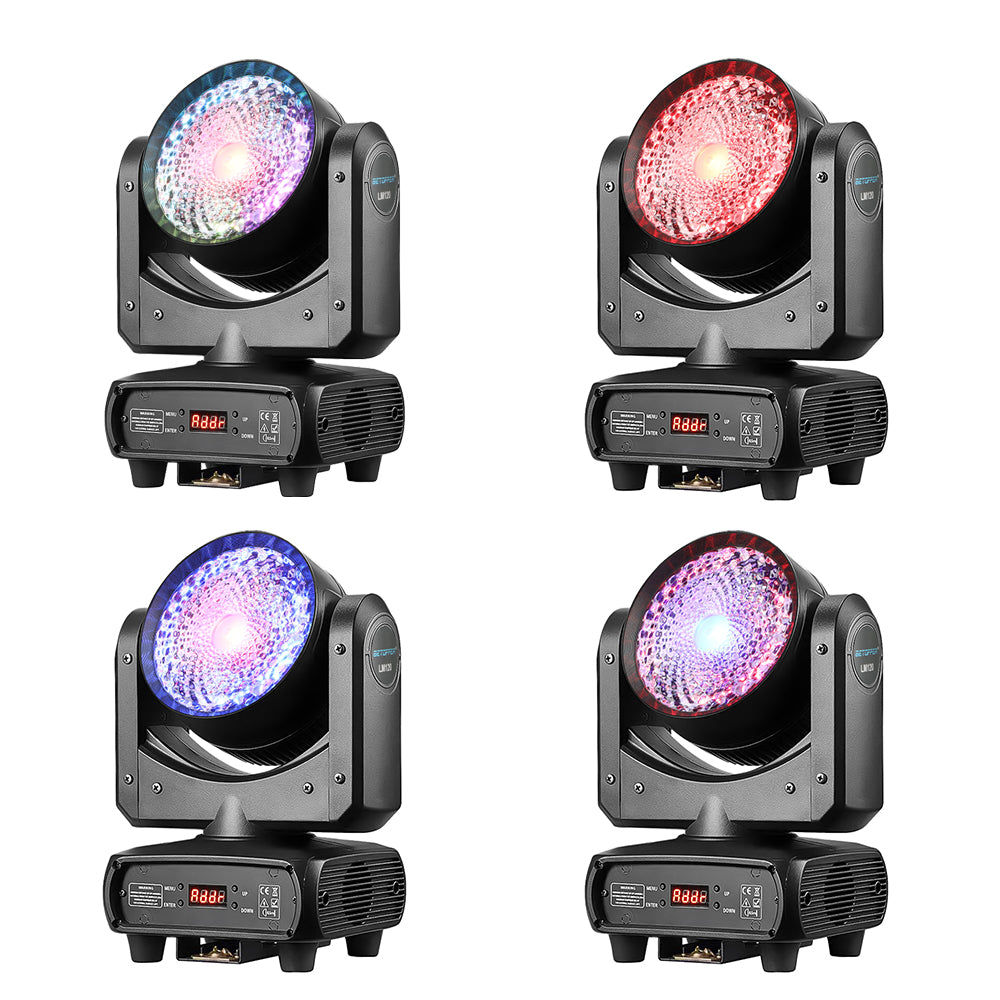

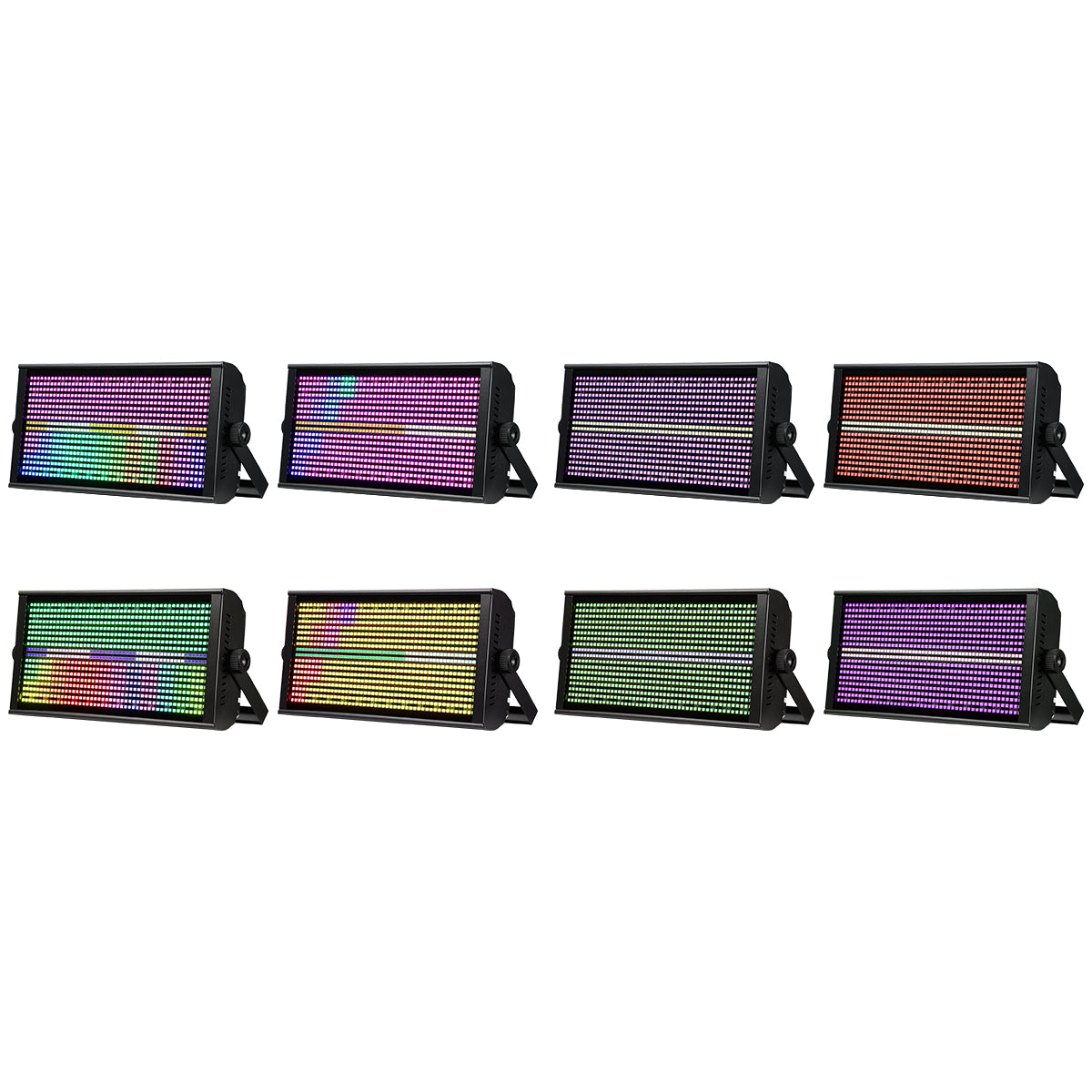




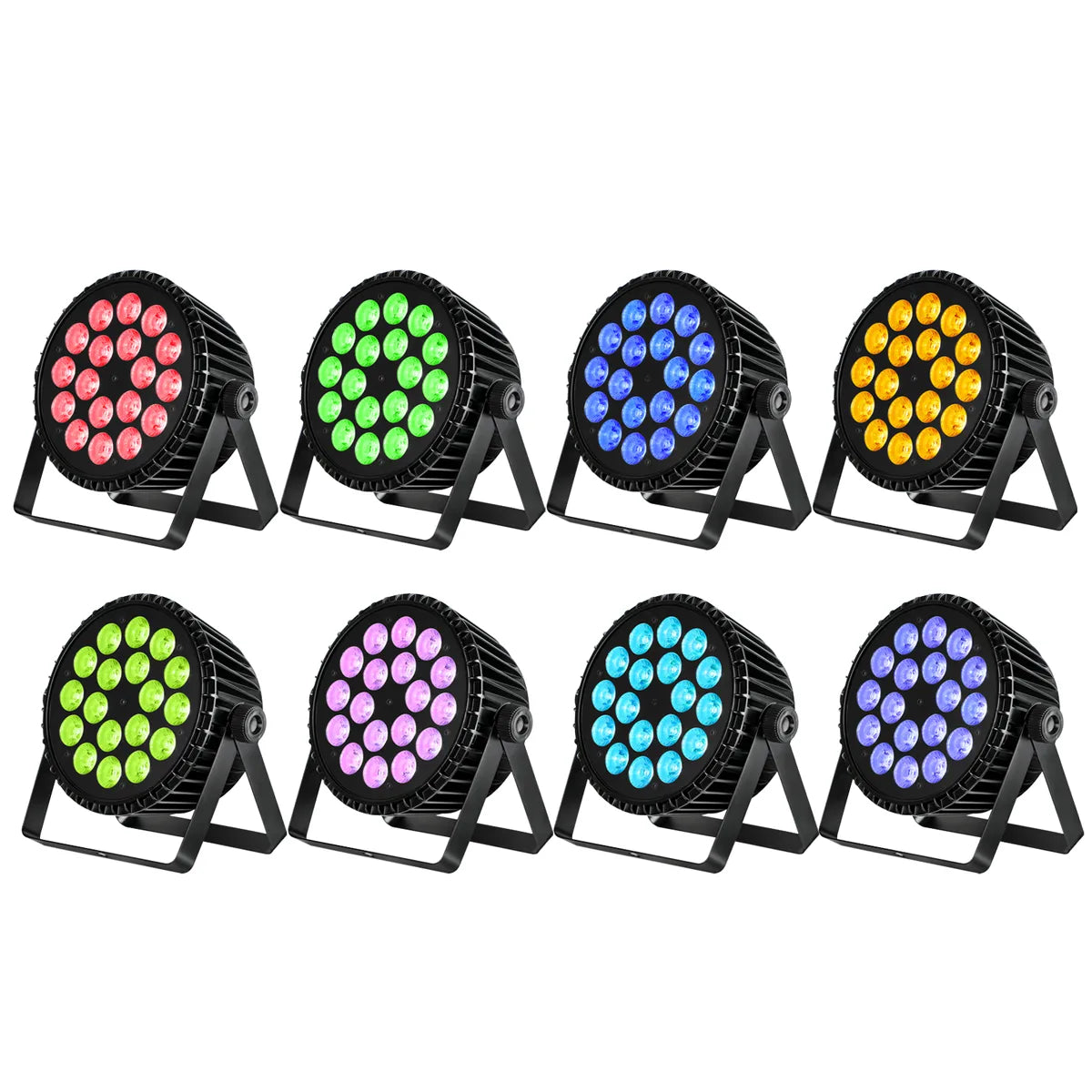


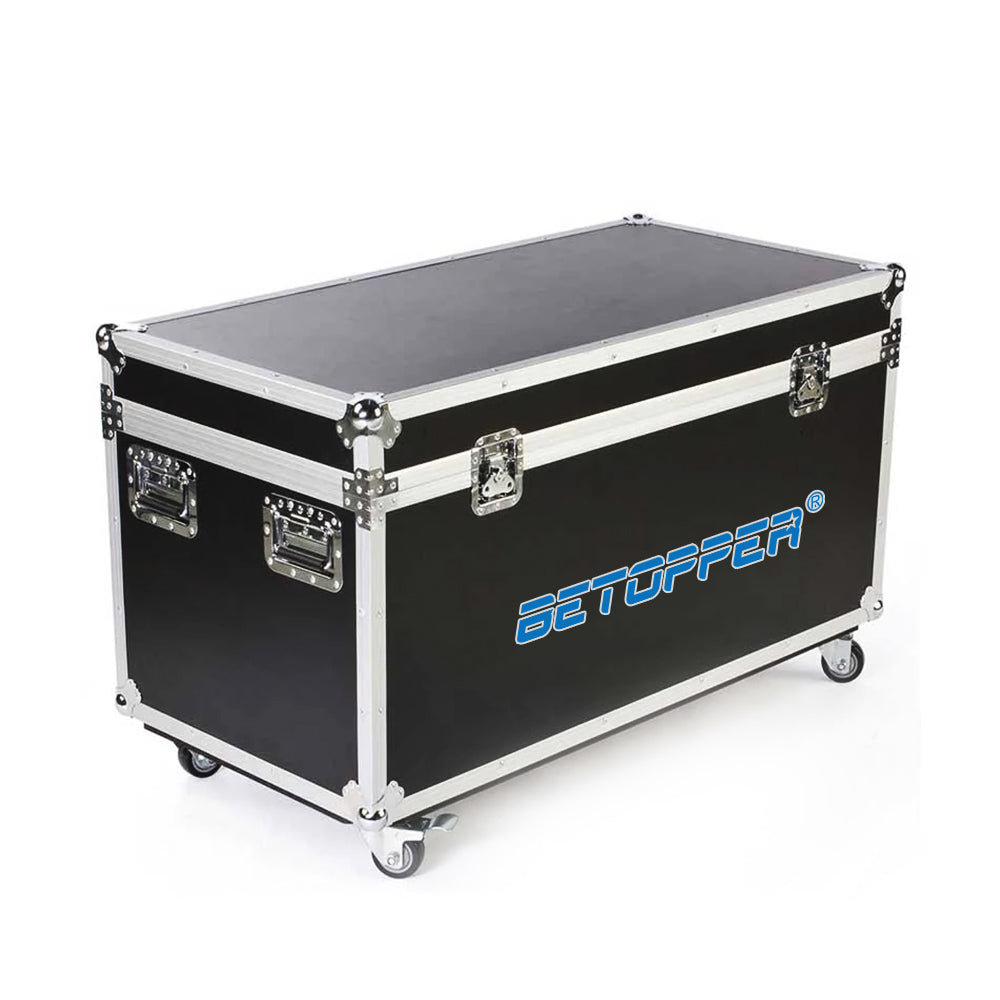








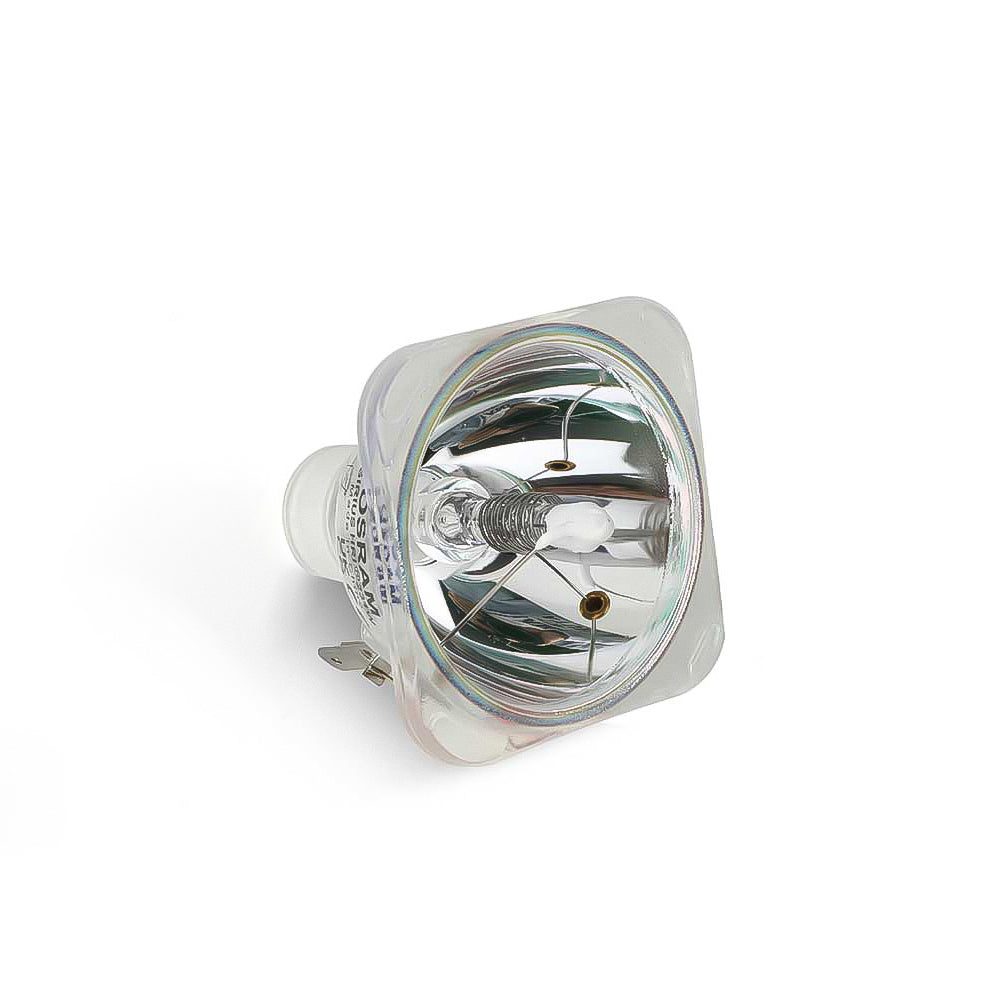













Leave a comment
This site is protected by hCaptcha and the hCaptcha Privacy Policy and Terms of Service apply.